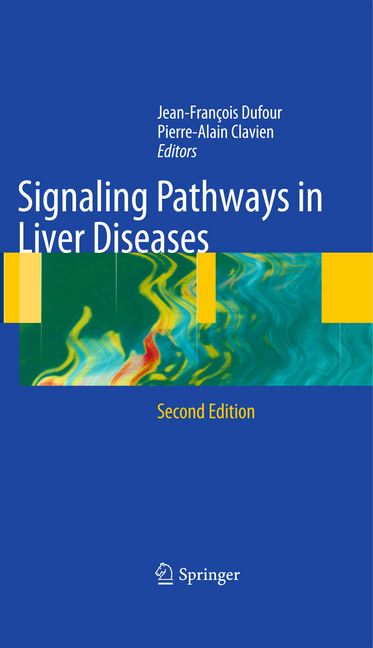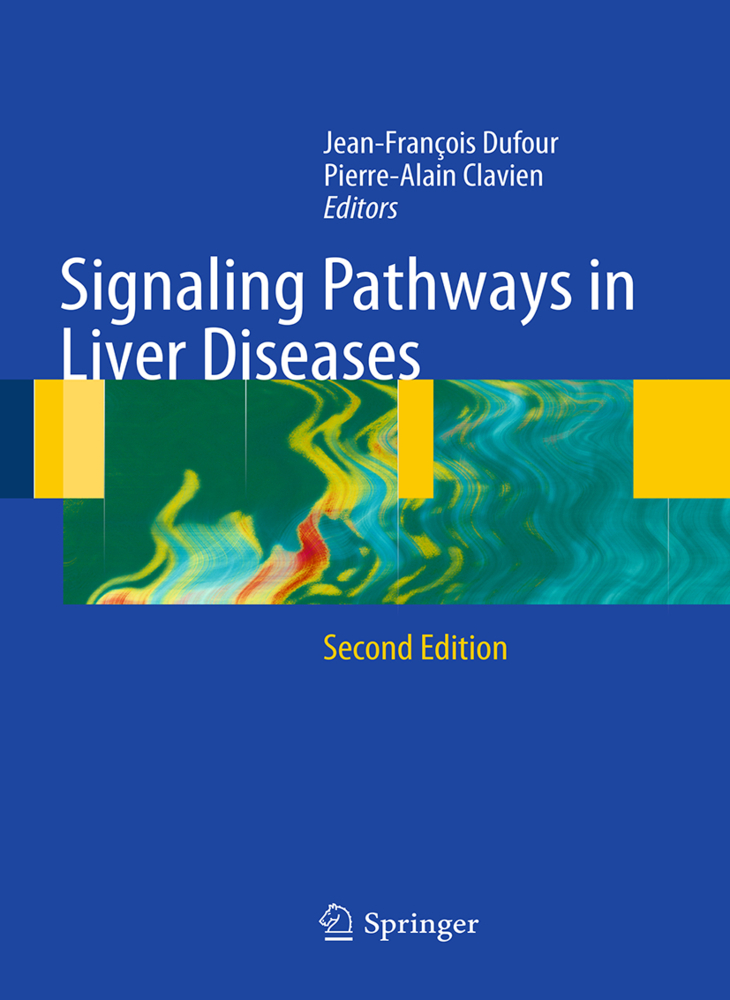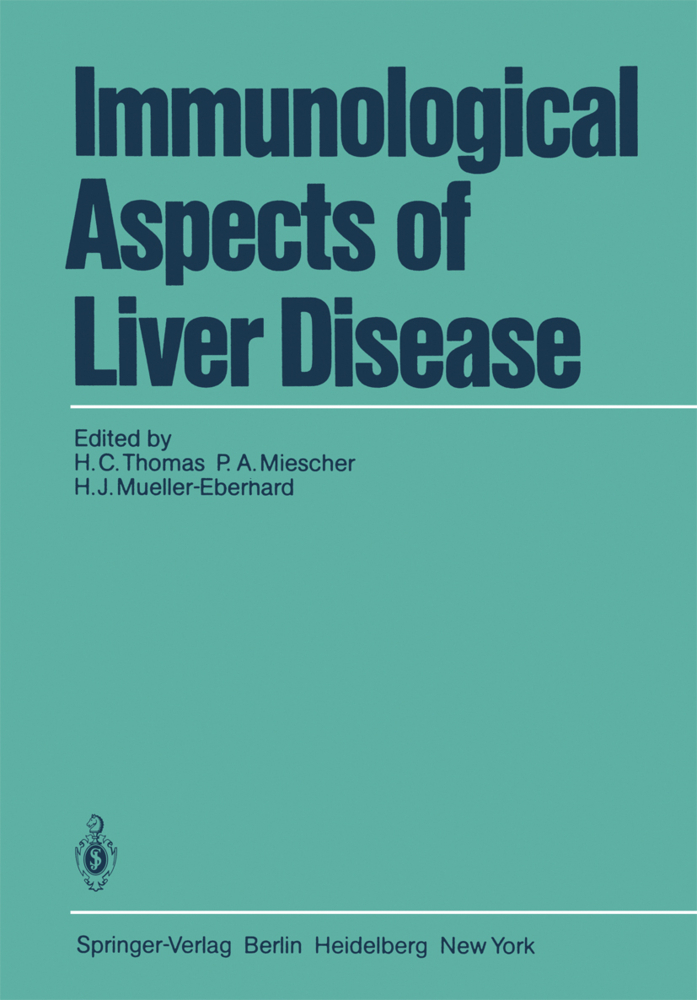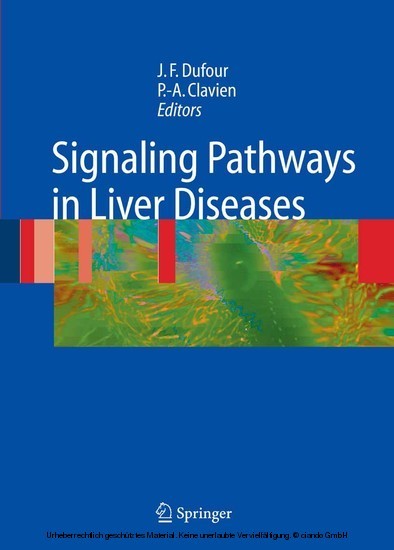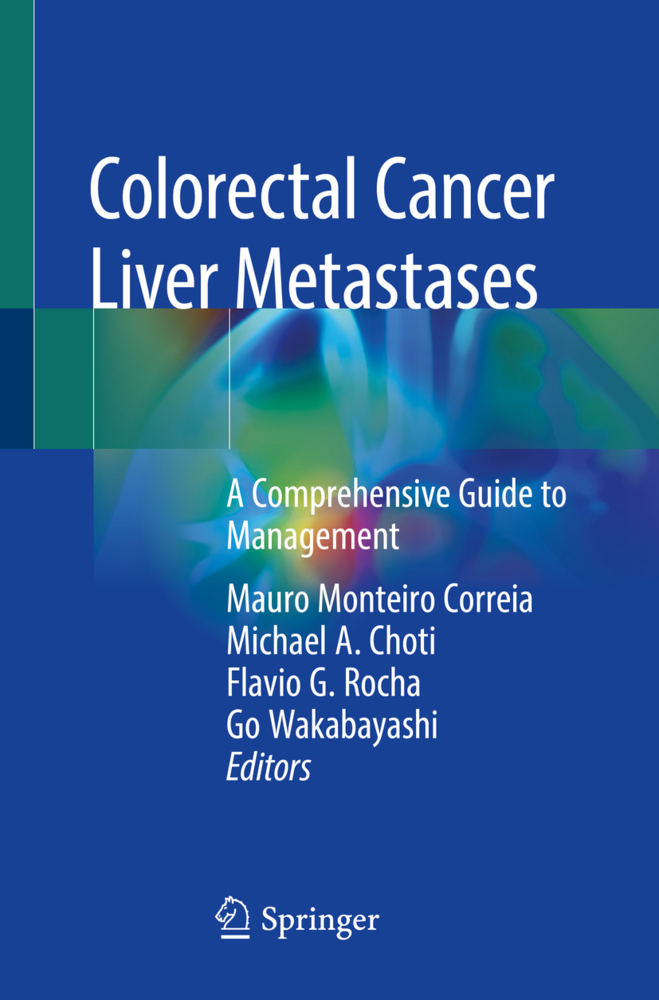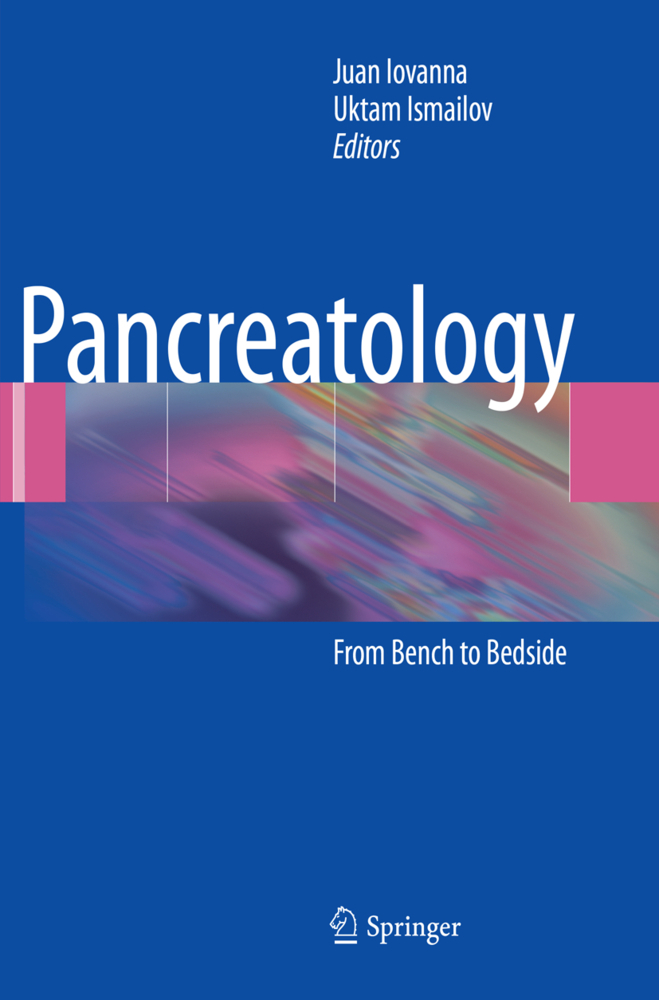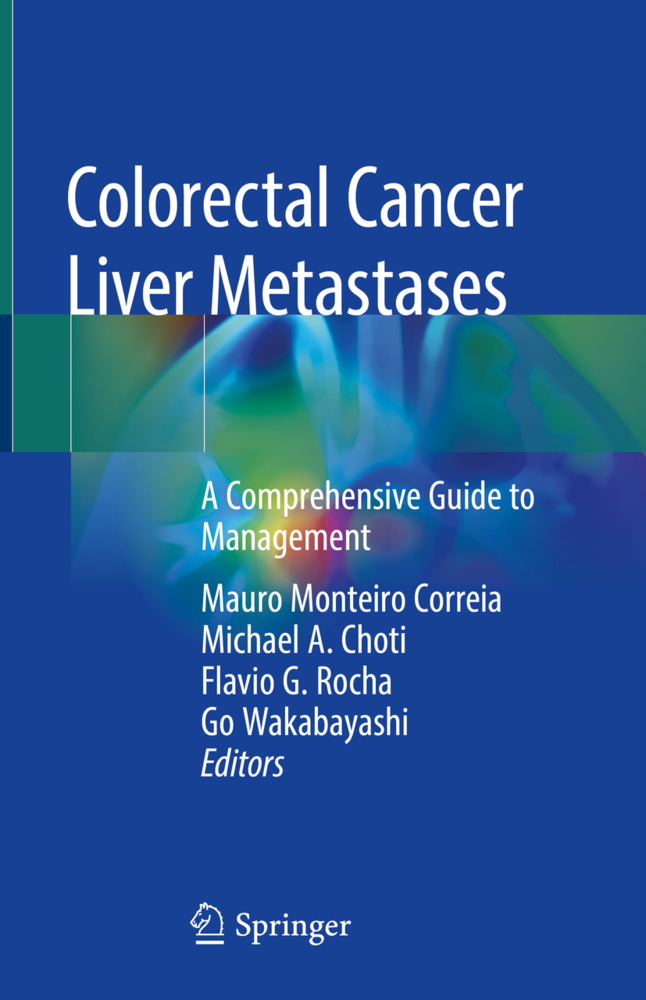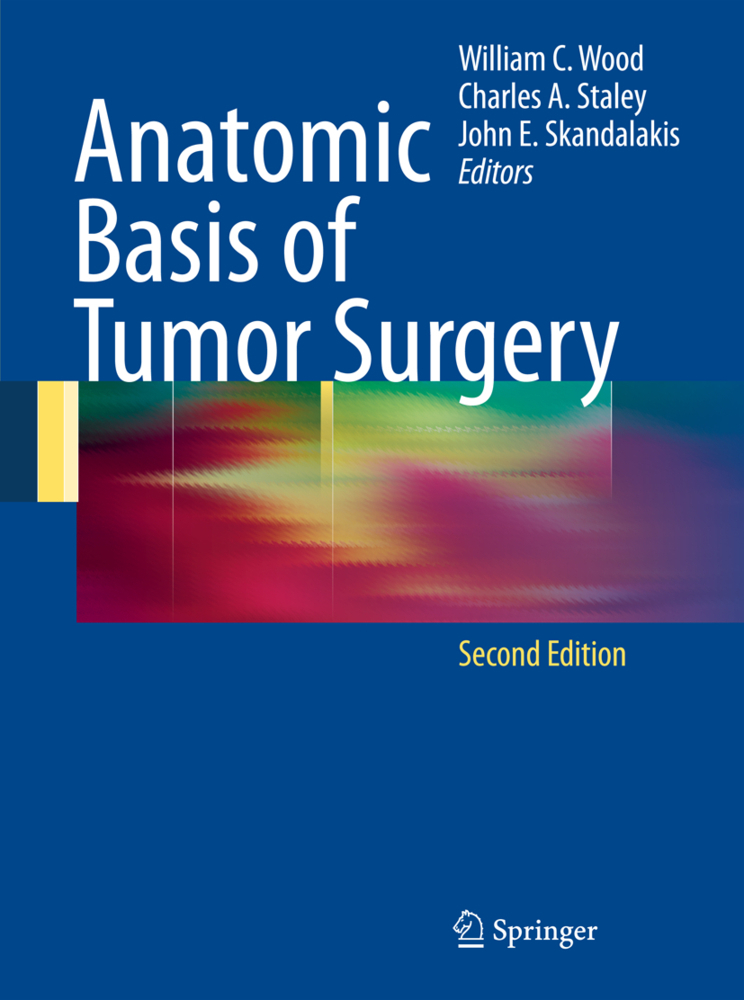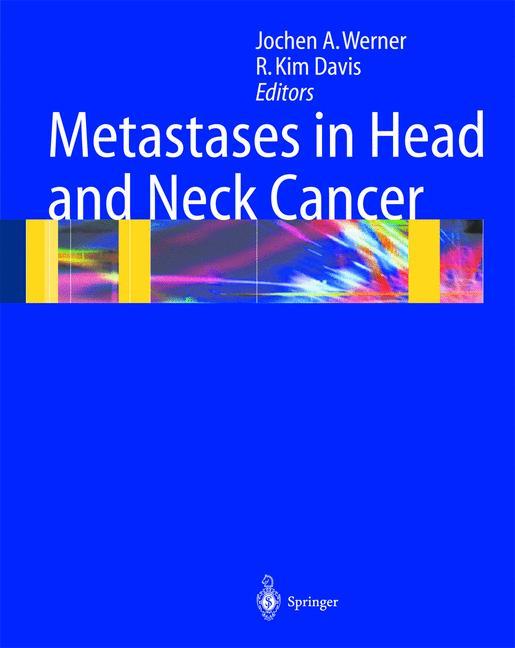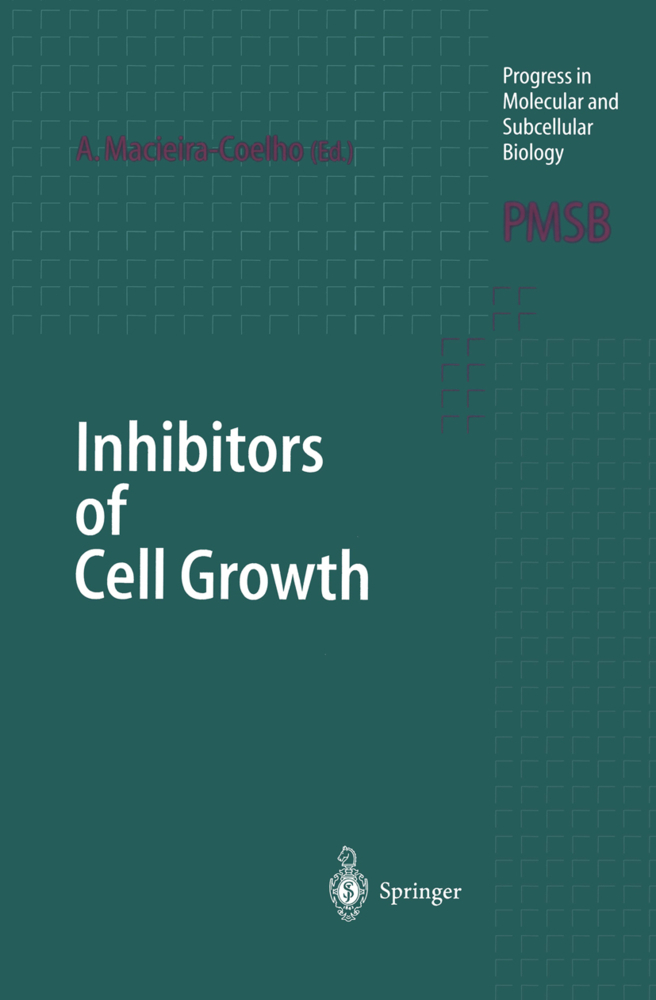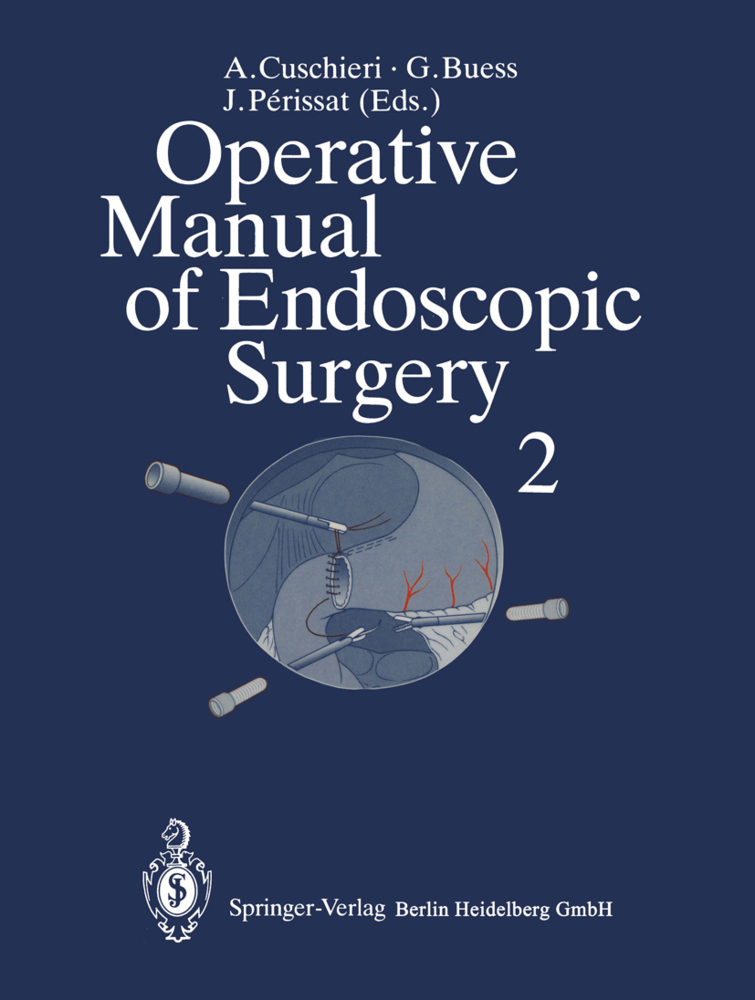Signaling Pathways in Liver Diseases, 2nd edition focuses on signaling pathways which are particularly important in liver diseases. Recent progress brought hepatology to new frontiers. The increasing frequency of surgery on steatotic and cirrhotic liver obliges liver surgeons and hepatologists to understand the molecular mechanisms at play in these situations and how they can be influenced. Better comprehension of the cellular mechanisms participating in liver regeneration, hepato-cellular apoptosis and ischemia/reperfusion inquiry is mirrored by a dramatic increase in complexity. The number and scope of publications is intimidating and difficult for busy individuals to extract a coherent framework. This book will serve as a source of information facilitating the reading of the literature and the planning of trials. Translational medicine implies knowledge of the molecular targets for novel therapeutic strategies. It will furthermore stimulate more research and lead to better exchange between the laboratory, the clinical ward and the operation room.
1;Signaling Pathways in Liver Diseases;1 1.1;The Cell Types and the Matrix;13 1.1.1;Hepatocytes;14 1.1.1.1;Introduction;14 1.1.1.2;Hepatocyte Development;14 1.1.1.3;Hepatocyte Structure and Renewal;16 1.1.1.4;Plasmamembrane;17 1.1.1.4.1;The Basolateral or Sinusoidal Domain;17 1.1.1.4.2;The Canalicular or Apical Domain;17 1.1.1.4.3;The Lateral Domain;18 1.1.1.4.4;Tight Junctions, Gap Junctions, and Desmosomes;18 1.1.1.5;Organelles;18 1.1.1.5.1;Endoplasmic Reticulum;18 1.1.1.5.2;Golgi Complex;19 1.1.1.5.3;Mitochondria;19 1.1.1.5.4;Lysosomes;20 1.1.1.5.5;Peroxysomes;20 1.1.1.6;Nucleus/Polyploidy;20 1.1.1.7;Physiology;21 1.1.1.7.1;Lipid/Lipoprotein, Cholesterol, and Bile Metabolism;21 1.1.1.7.2;Glucose Metabolism;22 1.1.1.7.3;Amino Acid and Ammonia Metabolism;25 1.1.1.7.4;Protein Synthesis;25 1.1.1.7.5;Acute Phase Response;25 1.1.1.7.6;Iron Metabolism;26 1.1.1.7.7;Hepatocyte as an Endocrine Cell;26 1.1.1.7.8;Transport-Systems;27 1.1.1.7.8.1;Na+ Dependent Bile Salt Uptake;27 1.1.1.7.8.2;Na+ Independent Hepatic Uptake of Amphipatic Substrates: The Organic Anion Transporting Polypeptide Family (OATP);27 1.1.1.7.8.3;Na+ Independent Hepatic Uptake of Hydrophilic Organic Cations and Anions: The Organic Ion Transporter Family (OAT/OCT);28 1.1.1.7.8.4;Basolateral Efflux Pumps;29 1.1.1.7.8.5;Bile Salt Excretion;29 1.1.1.7.8.6;Excretion of Nonbile Salt Organic Anions;29 1.1.1.7.8.7;Phospholipid Excretion;29 1.1.1.7.8.8;Copper Excretion;30 1.1.1.8;Summary;30 1.1.2;References;32 1.1.3;Signaling Pathways in Biliary Epithelial Cells;36 1.1.3.1;Introduction;36 1.1.3.2;Membrane Receptors;36 1.1.3.3;Cyclic Adenosine 3', 5'-Monophosphate (cAMP);38 1.1.3.4;Cytosolic Ca2+;39 1.1.3.5;Protein Kinase C;42 1.1.3.6;MAPK Signaling;42 1.1.3.7;PI3-Kinase Signaling;43 1.1.3.8;Pathological Conditions;44 1.1.3.9;Summary;45 1.1.4;References;45 1.1.5;Stellate Cells;51 1.1.5.1;Polypeptide Growth Factor Receptors;54 1.1.5.2;TGF-b Receptor Superfamily;57 1.1.5.3;Seven Transmembrane Domain Receptors;59 1.1.5.4;TNF Receptor Superfamily;61 1.1.5.5;Nuclear Receptor Family;63 1.1.5.6;Other Cytokine Receptors;64 1.1.5.7;Adipokine Receptors;65 1.1.5.8;Cooperation Between Growth Factor Receptor and Integrin Signaling;66 1.1.5.9;HSC and Toll-like Receptors (TLRs);67 1.1.5.10;Cannabinoids Receptors;68 1.1.5.11;Hedgehog Signal Pathway (See Also Chapter on this Pathway);68 1.1.5.12;Senescence of Activated Stellate Cells;69 1.1.5.13;Summary;69 1.1.6;References;70 1.1.7;Signaling Pathways in Liver Diseases Kupffer Cells;79 1.1.7.1;Introduction;79 1.1.7.2;Molecular Mechanisms of Kupffer Cell Activation;79 1.1.7.3;Kupffer Cell: Neutrophil Interaction in Host Defense, Immune Tolerance, and Liver Regeneration;81 1.1.7.3.1;Host Defense;81 1.1.7.3.2;Immune Tolerance;81 1.1.7.3.3;Liver Regeneration;82 1.1.7.4;Role of Kupffer Cells in Liver Injury;83 1.1.7.4.1;Acetaminophen;83 1.1.7.4.2;Ischemia-Reperfusion Injury;83 1.1.7.4.3;Alcoholic Liver Disease;84 1.1.7.5;Kupffer Cells and Portal Pressure;84 1.1.7.6;Summary;85 1.1.8;References;85 1.1.9;Hepatic Sinusoidal Endothelial Cells;89 1.1.9.1;Development and Structure;89 1.1.9.2;Cellular Functions;89 1.1.9.2.1;Fenestration/Filtration;89 1.1.9.2.2;Expression of Adhesion Molecules;90 1.1.9.2.3;Signaling;91 1.1.9.2.4;Metabolism;92 1.1.9.2.5;Role in Blood Clearance;92 1.1.9.2.6;Antigen Presentation;92 1.1.9.3;Pathobiology;93 1.1.9.3.1;Alcoholic Liver Disease;93 1.1.9.3.2;Nonalcoholic Fatty Liver Disease;93 1.1.9.3.3;Portal Hypertension/Cirrhosis;93 1.1.9.3.4;Angiogenesis/Hepatic Malignancies;95 1.1.9.3.5;Drug Toxicity;95 1.1.9.3.6;Cellular Rejection;96 1.1.9.3.7;Ischemia-Reperfusion Injury;96 1.1.9.3.8;Aging Process;97 1.1.9.4;Summary;97 1.1.10;References;98 1.1.11;Extracellular Matrix;102 1.1.11.1;Introduction;102 1.1.11.2;Components of the ECM in Liver;102 1.1.11.2.1;The Collagen Scaffold;103 1.1.11.2.2;Proteoglycans;104 1.1.11.2.3;Laminin;104 1.1.11.2.4;Fibronectin;104 1.1.11.2.5;Matricellular Proteins;106 1.1.11.3;Changes in ECM from Normal
Dufour, Jean-Francois
Clavien, Pierre-Alain
| ISBN | 9783642001505 |
|---|---|
| Artikelnummer | 9783642001505 |
| Medientyp | E-Book - PDF |
| Auflage | 2. Aufl. |
| Copyrightjahr | 2009 |
| Verlag | Springer-Verlag |
| Umfang | 526 Seiten |
| Sprache | Englisch |
| Kopierschutz | Digitales Wasserzeichen |

